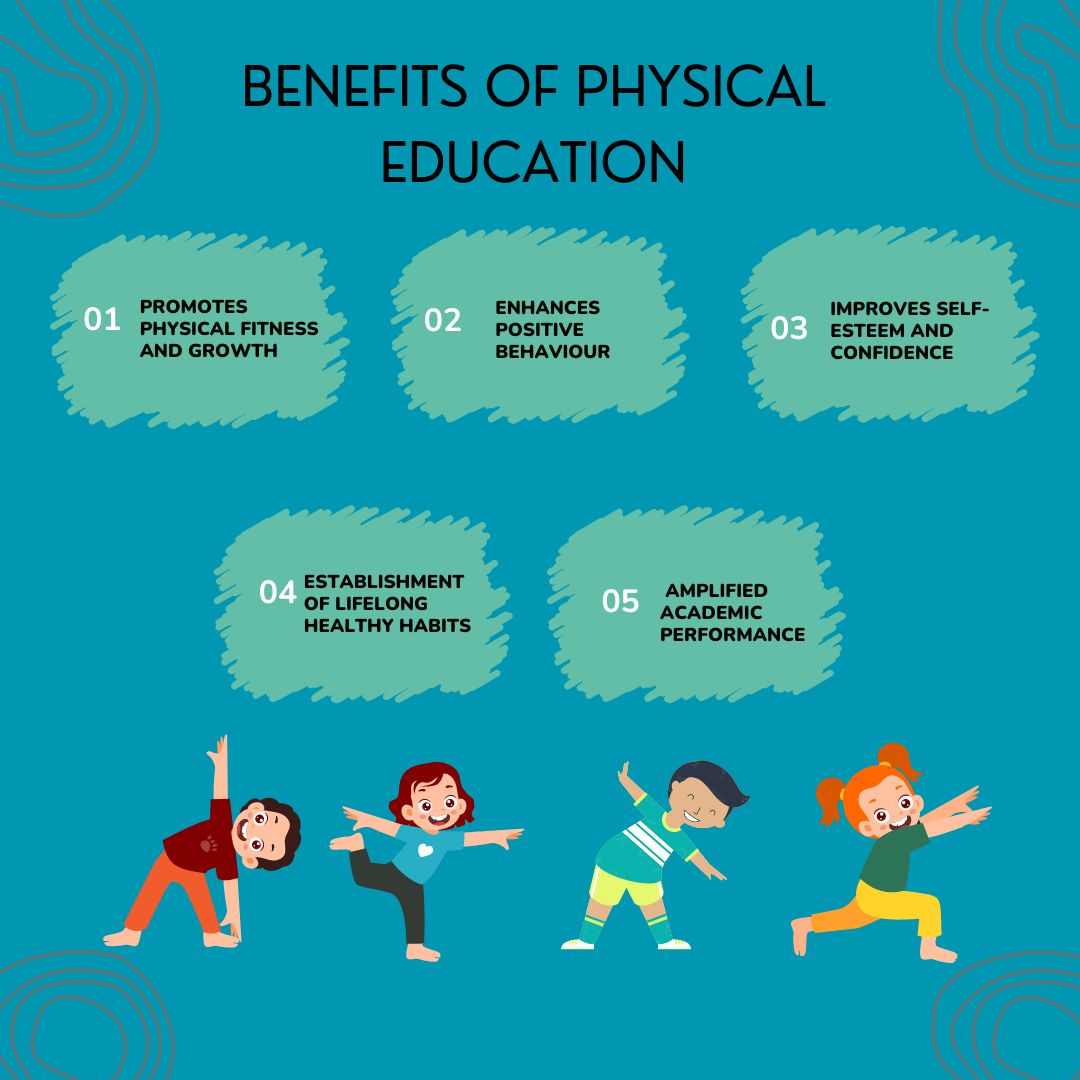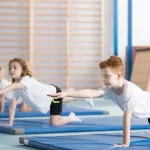Physical education (PE) is a vital part of the elementary school curriculum, offering numerous benefits to all students. However, for girls in particular, PE plays a crucial role in ensuring balanced growth, both physically and emotionally. The importance of physical education in elementary schools goes beyond just keeping kids active—it lays the foundation for lifelong healthy habits, boosts self-esteem, and improves academic performance.
Must Read: Why Exercise is Important for Students
Importance of Physical Education in Elementary Schools
- Improves Physical Health
For elementary school girls, regular participation in physical education is essential for developing a healthy and active lifestyle. Physical activity during school hours strengthens bones, improves muscle development, and enhances cardiovascular health. These early health benefits set the stage for a reduced risk of obesity, diabetes, and other lifestyle-related illnesses later in life. Encouraging girls to engage in different physical activities during PE class also promotes flexibility, coordination, and motor skills—essential elements for a strong, healthy body. - Boosts Mental and Emotional Health
Physical education does not only impact physical health but also contributes significantly to mental and emotional well-being. Research has shown that exercise can reduce symptoms of anxiety, stress, and depression, all of which can be concerns for young girls. By participating in physical activities, girls can experience a sense of achievement, which boosts their self-esteem and confidence. In addition, PE can foster positive body image and create a healthy relationship with fitness, helping girls feel good about their abilities and their bodies. - Fosters Social Skills and Teamwork
One of the key advantages of physical education is its role in social development. For elementary school girls, PE provides a space to develop critical social skills such as teamwork, communication, and leadership. Whether it’s participating in group sports, games, or relay races, girls learn to cooperate with their peers, solve problems together, and understand the value of working as a team. These skills translate into better relationships inside and outside the classroom, reducing the chances of social isolation and promoting inclusion.
Role of PE in Academic Performance
The benefits of physical education extend into the classroom. Studies have shown that physically active students tend to perform better academically. For girls, participation in PE can improve concentration, memory, and cognitive function. Exercise increases blood flow to the brain, helping with problem-solving and critical thinking. Girls who engage in physical activity during school hours are more likely to stay alert, focused, and on task, which ultimately improves their academic achievements.
Conclusion
Physical education is essential for the holistic development of girls in elementary schools. From improving physical health to fostering social skills and enhancing academic performance, the impact of regular physical activity is far-reaching. By addressing the unique challenges faced by girls and creating an inclusive and supportive PE environment, schools can encourage active participation and ensure that every girl reaps the benefits of a healthy lifestyle.
Ultimately, ensuring that physical education remains a priority in elementary schools can empower young girls to grow into confident, healthy, and successful individuals.



